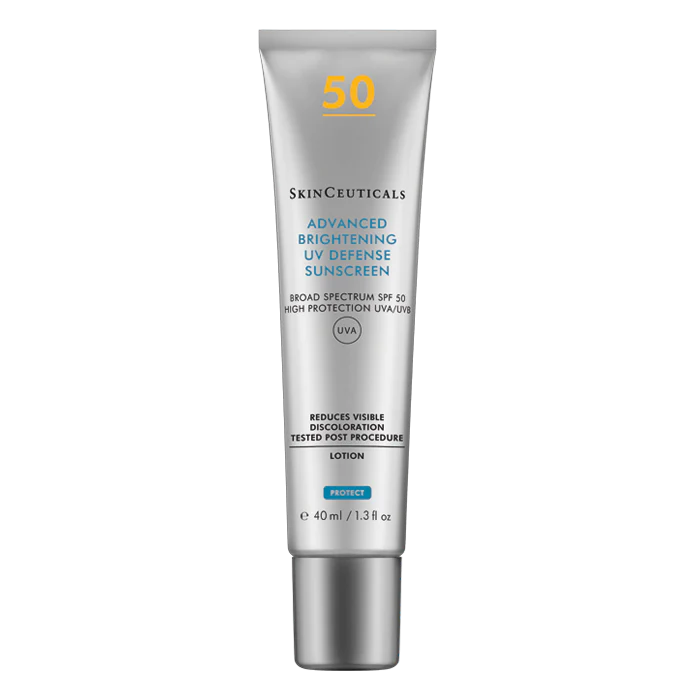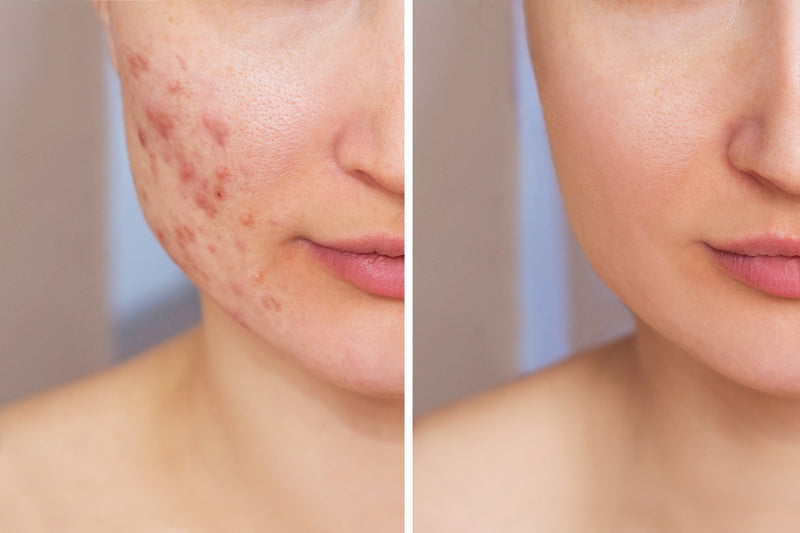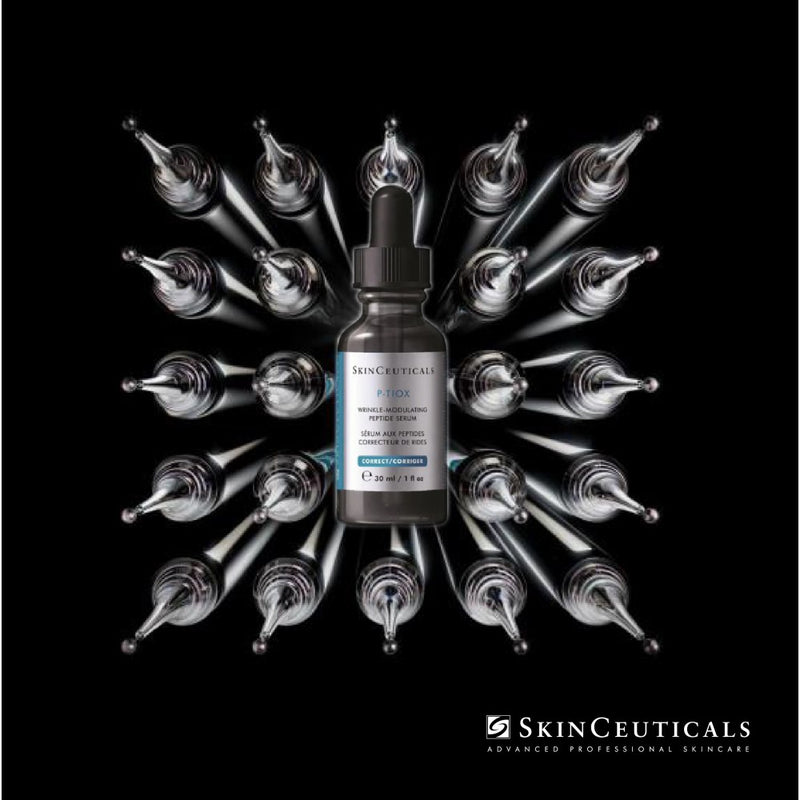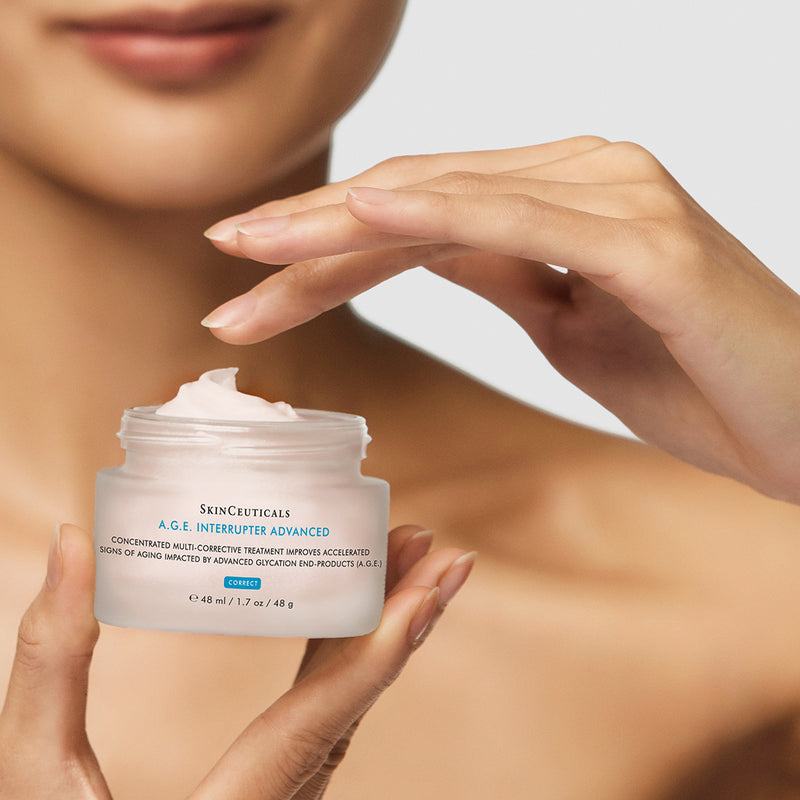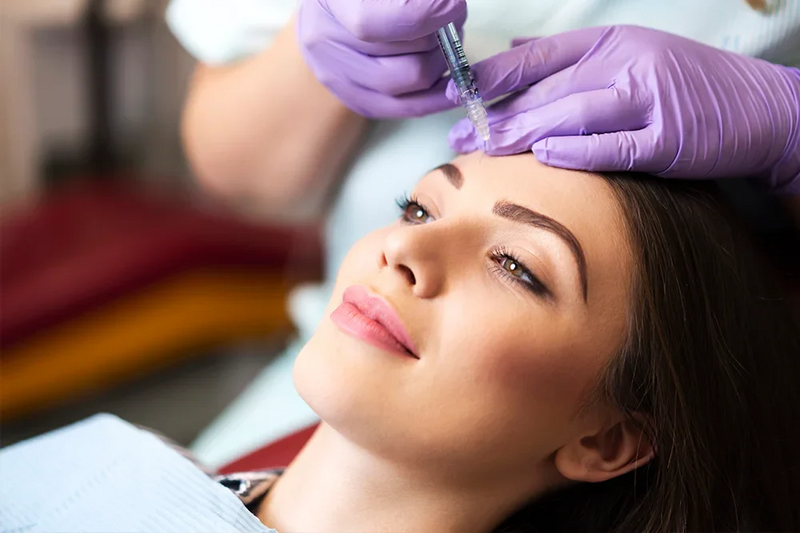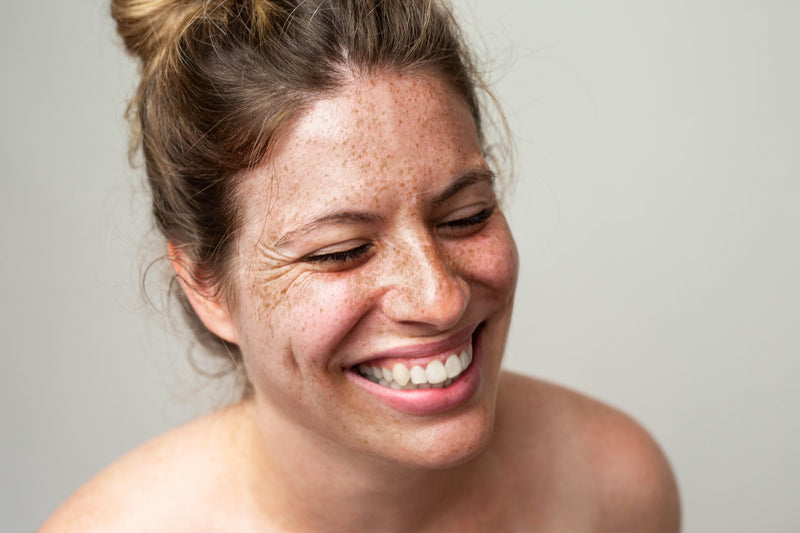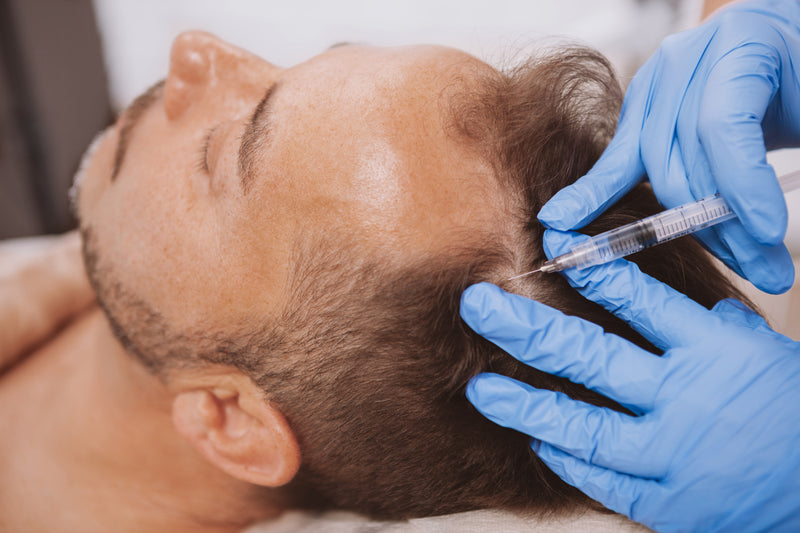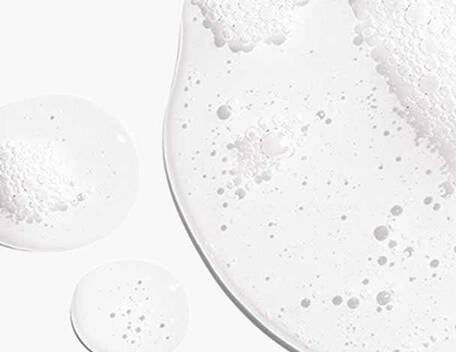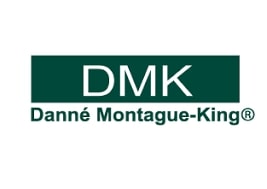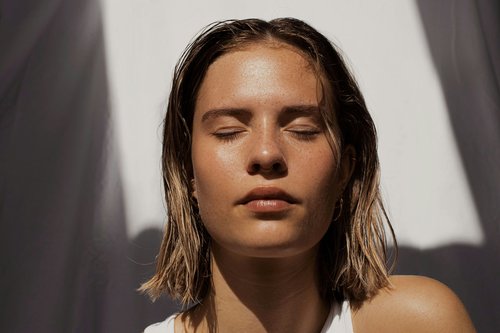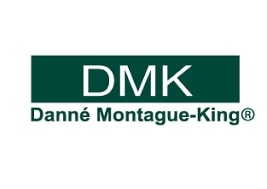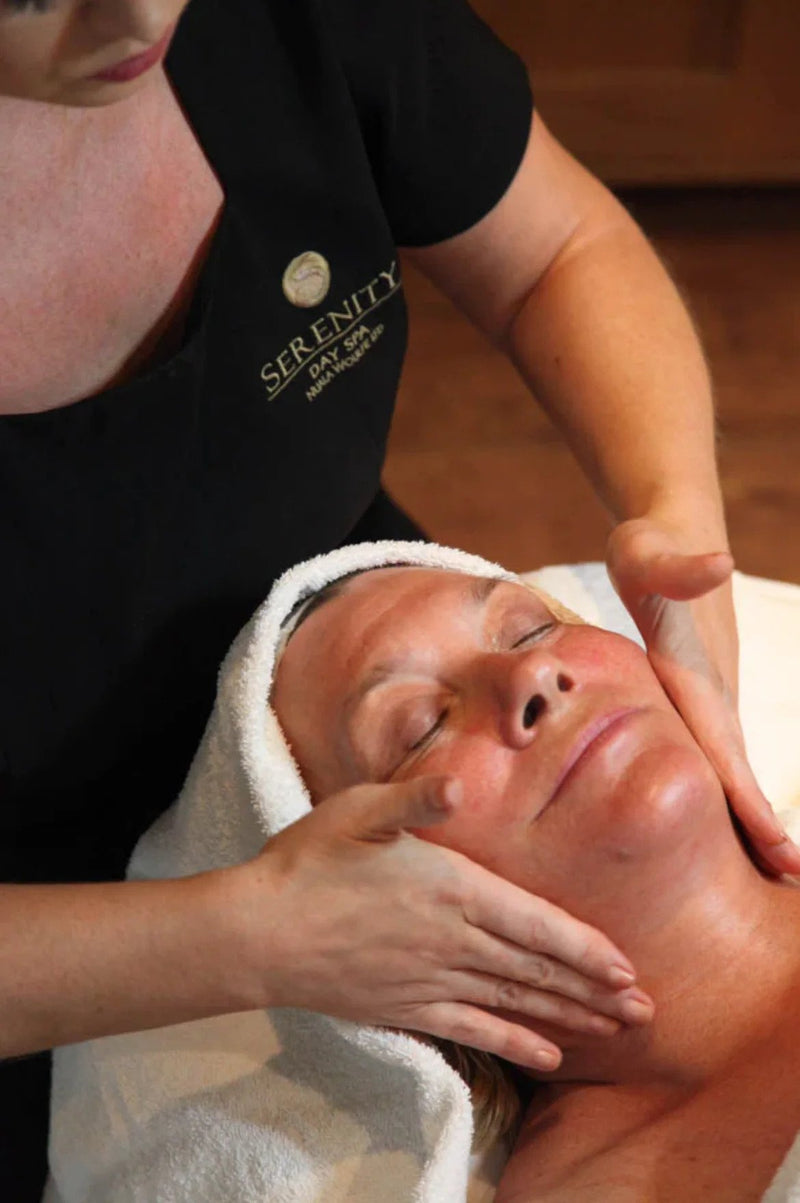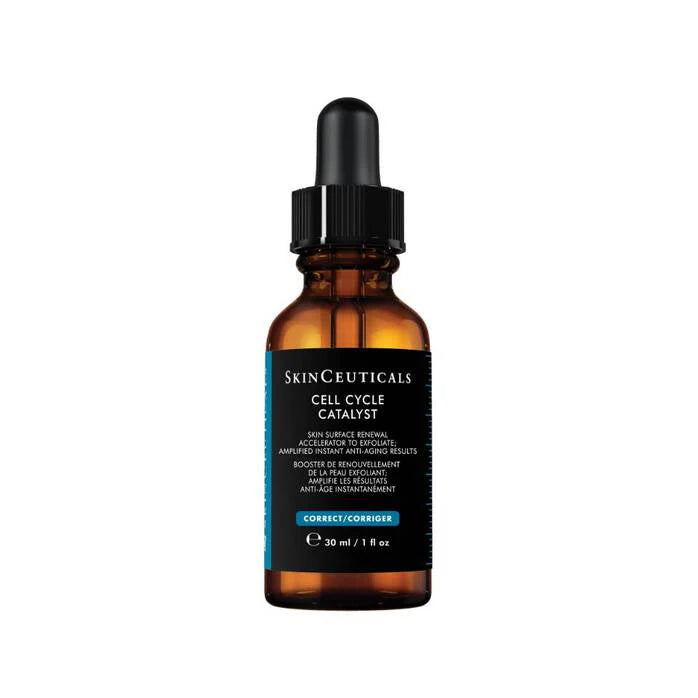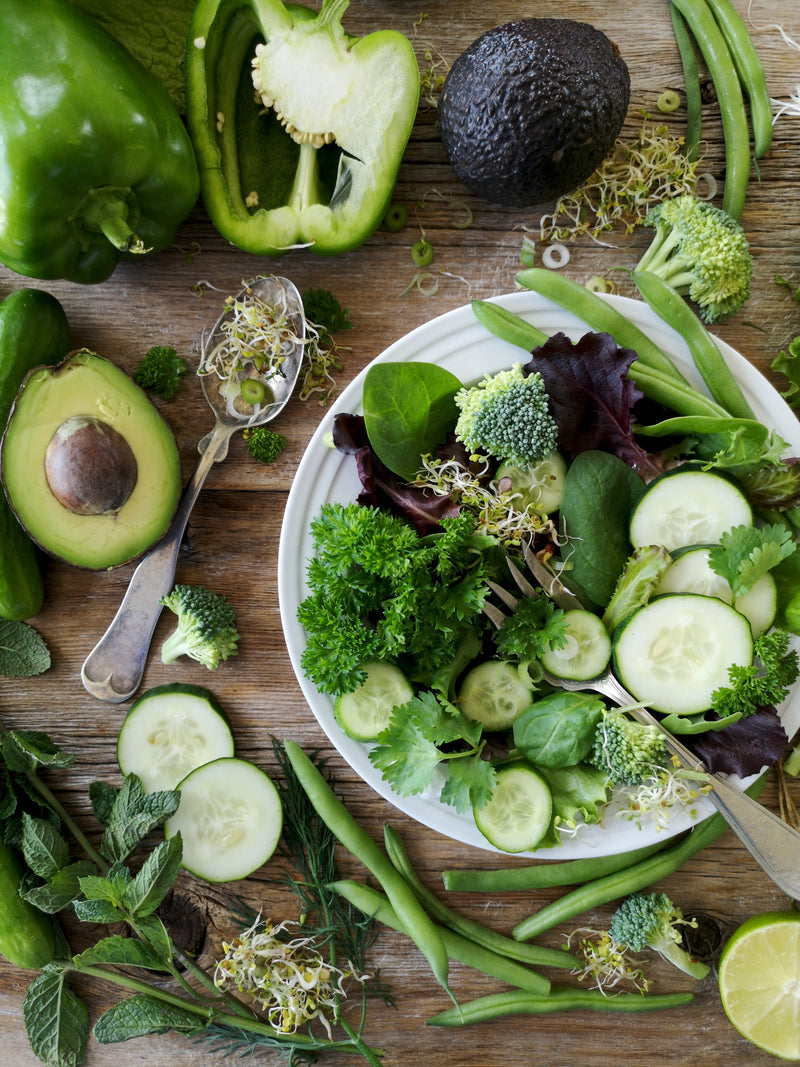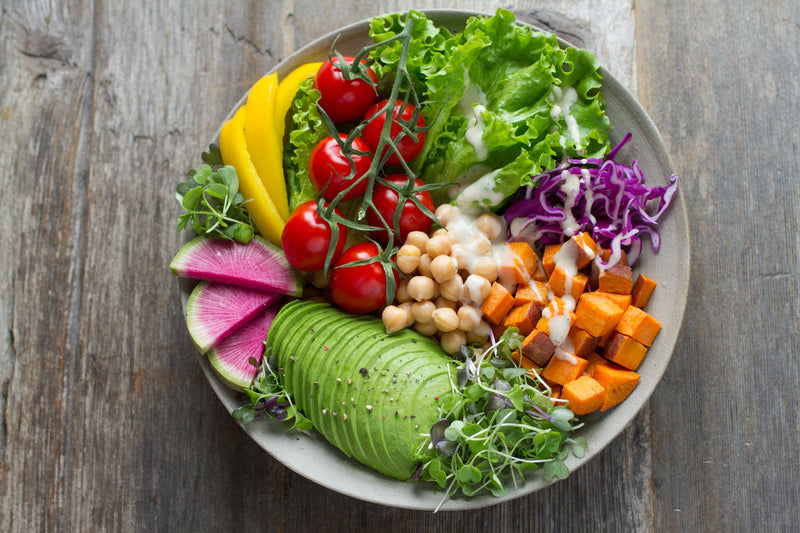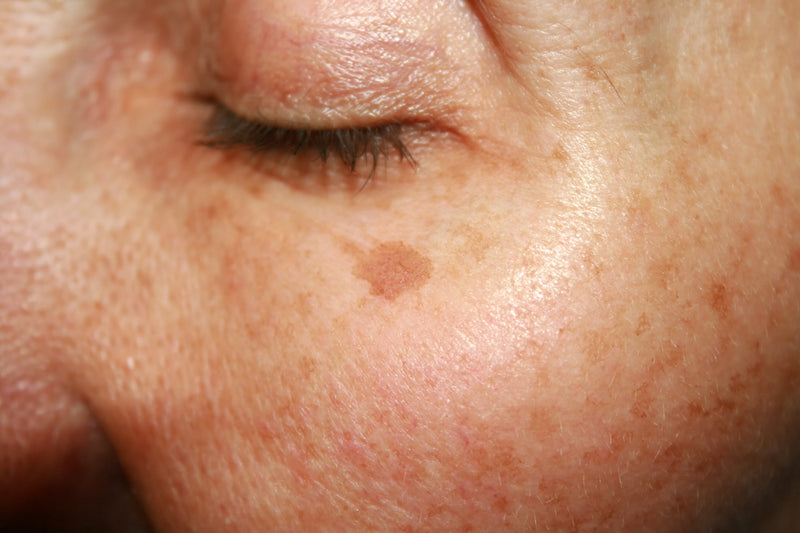Antioxidants
Take an apple, cut it in half, leave it out for an hour and watch as the flesh turns a murky brown. That process, is oxidation, and it’s caused by free radicals in the air. In part, the same thing happens when it comes to our bodies. When we’re exposed to UV, pollution or other stressors such as smoke and chemicals, free radicals form in the skin. At a cellular level, these free radicals can kick off a chain reaction that causes a huge path of destruction and often, ultimately, the death of the cell. But antioxidants swoop in and neutralise free radicals to halt the process. Common antioxidants include compounds such as vitamins C and E, coenzyme Q10, Idebenone, zinc, copper and beta-carotene, but the list is endless – there are lots of them, with so many different functions.
Our bodies do produce their own antioxidants (made by our cells), which neutralise 99.9 % of free radicals. But by the age of 30, our cells can no longer eliminate the free radicals fast enough (and that’s when fine lines and collagen depletion set in. One of the big claims for antioxidants when used in skincare is that they calm inflammation (look for ingredients such as alpha lipoic acid, green tea and pine bark especially) by increasing circulation and cell metabolism.
Look for antioxidant ingredients such as pomegranate, green tea, grape seed and mushrooms.
When looking at skincare product formulations, there are important factors to address.
1. How to keep them stable in the products (antioxidants oxidise easily. how well they are actually absorbed into the skin; and what concentrations are necessary to make them effective without being an irritant.
2. Antioxidant absorption. We know that when you drink a green juice or eat lots of fresh berries, antioxidants are circulated through the body in our blood and absorbed into the cells. But part of the concern about applying antioxidants topically has been that they might not be absorbed, and could just sit on the skin doing nothing.
Topical antioxidants target the surface epidermal layers of the skin. They work by quenching the free radicals that are on the skin’s surface, and by supporting the skin’s own natural antioxidant system in the surface layers of the skin.
Put simply, they neutralise free radicals in the top few layers of your skin, then trigger your body’s systems to fight anything that’s a bit deeper. Combining them with your internal antioxidants (which we obtain from our diets) is the ideal way to squash oxidation on the inside, too.
3. Finally, how do we get the right combination to keep our skin looking well. There are a number of different types of free radicals generated in the skin, depending on what the external stressor is. But a blend of antioxidants is required to tackle the key free radicals that cause accelerated ageing. Polyphenols, for instance – found in tea, ginseng and blueberries – quench super oxidation; vitamin C is very effective with ozone; and vitamin E and beta-carotenes work against singlet [less stable] oxygen generated by UVA exposure.
SkinCeutical Vitamin C Combined with vitamin E and Ferulic are considered the Gold Standard - a Triple Antioxidant that delivers advanced environmental protection, improves fine lines and wrinkles, increases firmness, and brightens the skin’s complexion.
Essentially, there’s an antioxidant to correct all our environmental ills.
This cold-fighter is also a gold standard antioxidant that boosts collagen production and brightens skin. It’s at its most potent in SkinCeuticals Phloretin CF , €170, which remains effective for a minimum of 72 hours, even if you wash it off.
Serum 10
New - SilymarinCF Antioxidant for oily blemished skin.
Silymarin CF is a powerful vitamin C triple antioxidant serum formulated specifically for oily and blemish-prone skin. SkinCeuticals research shows that specific combinations of antioxidants, when effectively formulated, perform synergistically to provide results superior to each single antioxidant formulation. The result of six years of research and development, this lightweight formula helps reduce oil oxidation, control excess sebum and improve the appearance of blemishes and signs of ageing. Silymarin CF contains 0.5% Silymarin, optimised concentration of milk thistle plant.
Read more about SilymarinCF https://www.nualawoulfe.ie/blogs/latest-news/skinceuticals-launches-silymarin-cf-january-2021
Retin A
Apply vitamin A before bed. Retinol is an excellent -antioxidant from vitamin A.
Scientifically proven to help diminish the appearance of fine lines, wrinkles, and age-spots from both intrinsic and photo ageing. Retinol 0.3 can aid in reducing the appearance of pore sizes, while correcting blemishes and blotchiness associated with problematic skin. Retinol 0.3 is ideal for skin new to Retinol products. Always use an SPF every day. Never use Retin A during the day. https://www.nualawoulfe.ie/collections/skinceuticals
Diet can also protect against
Now we know that one antioxidant does not cure all, it makes sense that we’re advised to have variety in our diets. The synergetic effect of antioxidants is well documented, with many studies findings that people who consume a variety of antioxidant-rich foods have a lower chance of developing certain diseases than those who don’t.
It’s not all about the berries and expensive stuff, either. ‘Superfoods’ (especially fresh produce) are ace, but they tend to come from other countries. By the time they’ve reached you? You guessed it – they’re not quite so super. Consult the ORAC scale (Google it), to discover the antioxidant capacity of various foods.
The main miscommunication when it comes to antioxidants is that they will solve everything skin-related – they won’t. But, used wisely- in combination with your trusty SPF and a healthy diet- they can form a sound part of any anti-ageing routine.
